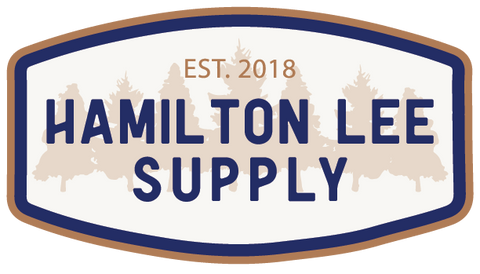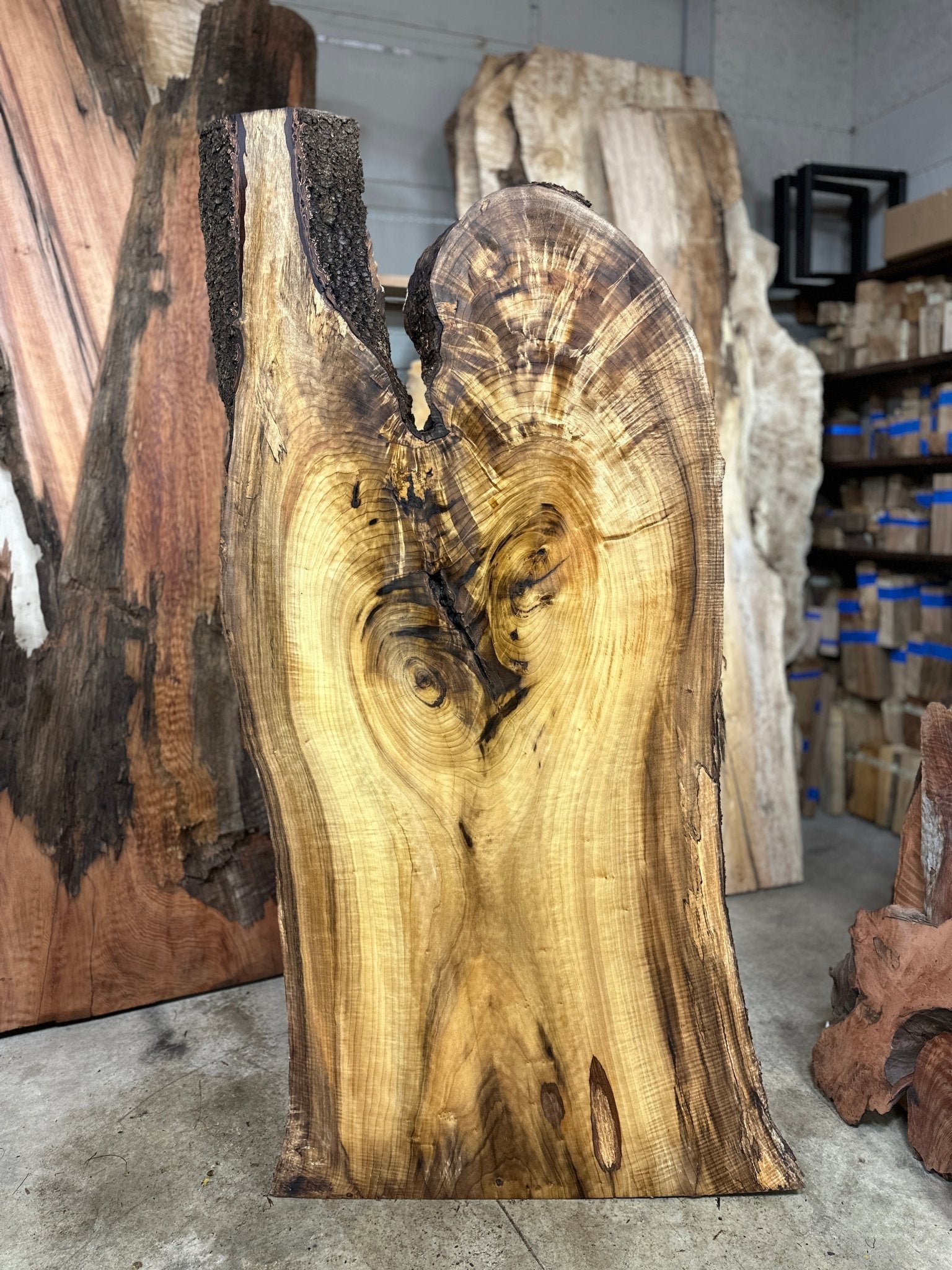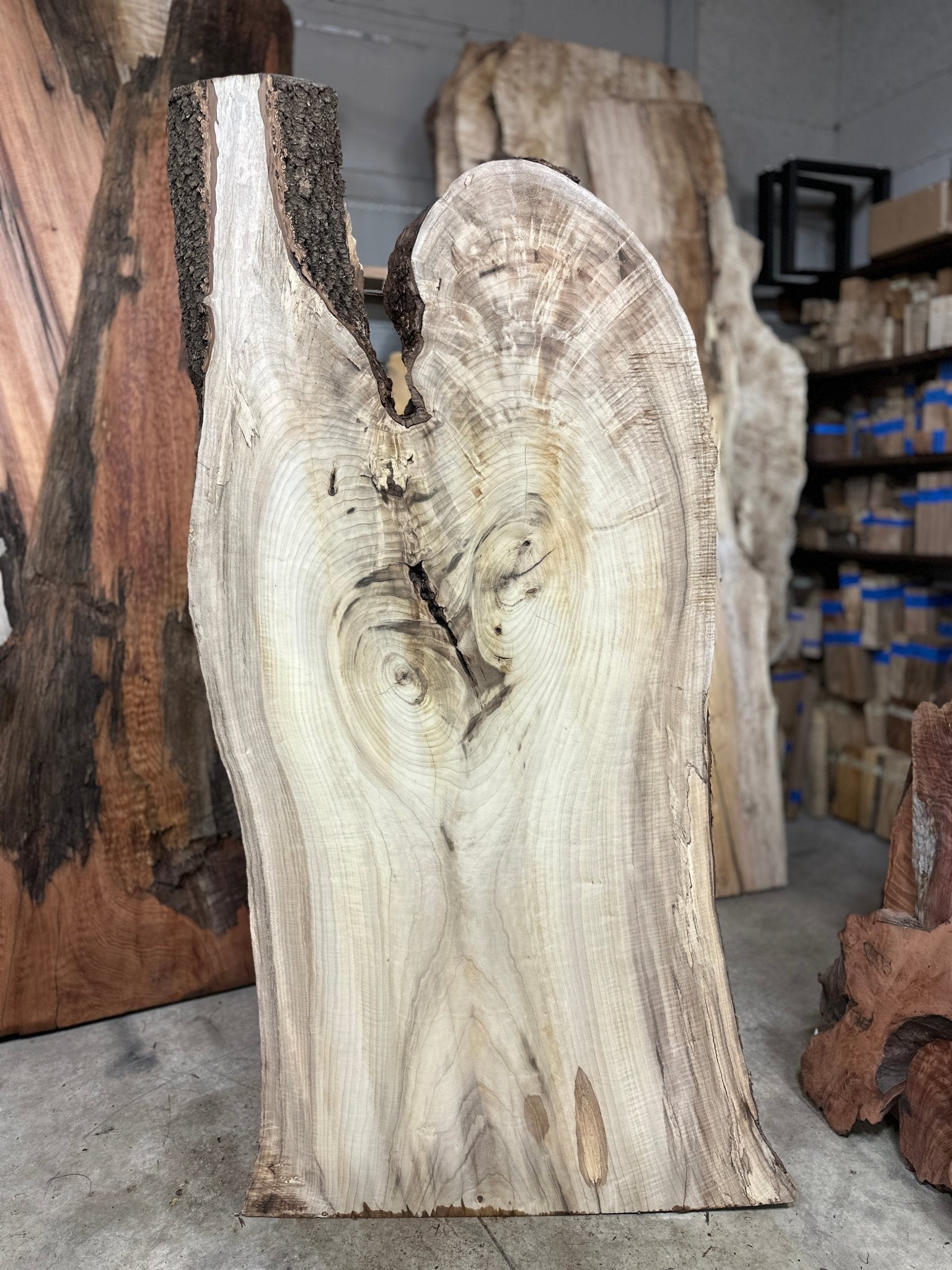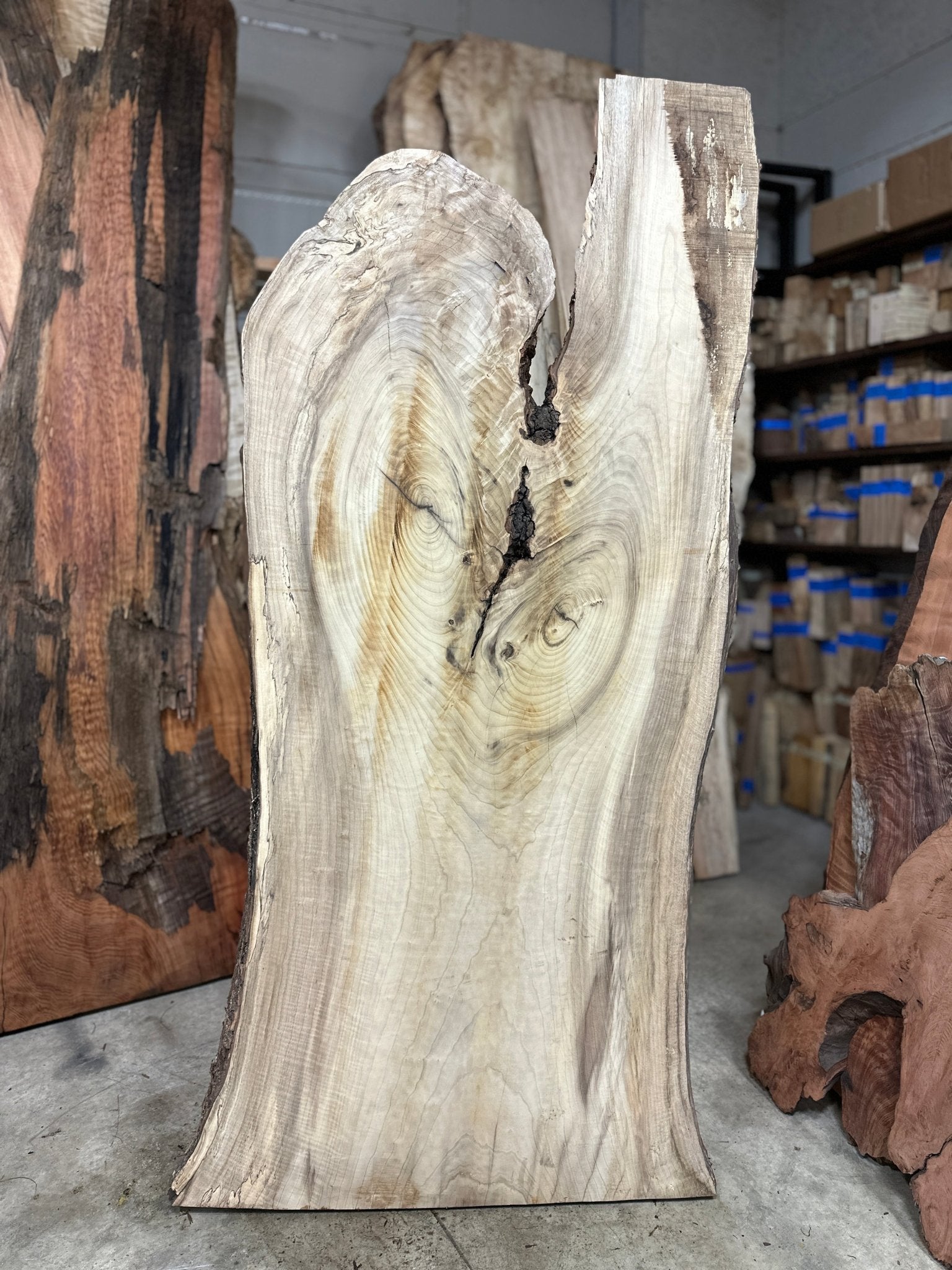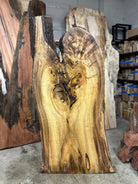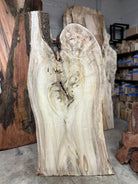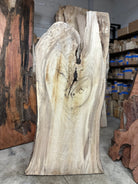LiveEdge Myrtle
Couldn't load pickup availability
Species: Myrtle
Length: 73.5"
Width (Bottom): 34"
Width (Middle): 33"
Width (Top): 24"
Thickness: 2.375"
Board Foot: 36.77 BDFT
Weight Estimate: 153 Pounds
Origin: Battleground, Washington
Shipping Information:
-Slab Ships From: Battle Ground, Washington
-All slabs are subject to freighted shipping. Once purchased, we will contact you via email or phone to coordinate and secure the best negotiated shipping rate for your location. Shipping costs are based on your zip code, residential/commercial address classification, and whether a liftgate/forklift is required.
If you can't find a slab that perfectly fits your needs among our listed options, feel free to reach out to us directly. We can check our inventory for additional slabs that may suit your preferences.
Contact Information:
-Email: info@hamiltonleesupply.com
-Phone: 360.601.8388
Transform your vision into reality with our remarkable Live Edge slabs. Embrace the artistry of nature in your next woodworking project and create a unique masterpiece for your home.
Crafted with precision and attention to detail, this kiln-dried slab is project-ready, ensuring minimal wood movement and cracking. Our state-of-the-art iDry vacuum kiln removes moisture, guaranteeing its suitability for your project right away.
Please note that as each tree is unique, no two slabs are alike. This individuality guarantees that your furniture piece, whether it's a table, shelf, or any other creation, will be truly one-of-a-kind.
At Hamilton Lee Supply, we are committed to preserving and reusing stunning wood materials. Our focus on sustainability means that every slab tells a story and contributes to a greener future.
Common Names: Oregon Myrtle, California Bay Laurel, Pepperwood, Myrtlewood
Scientific Name: Umbellularia californica
Distribution: Coastal regions of southwest Oregon and central California
Tree Size: 5080 ft (1524 m) tall, 23 ft (0.61 m) trunk diameter
Average Dried Weight: 40 lbs/ft3 (635 kg/m3)
Specific Gravity (Basic, 12% MC): 0.51, 0.63
Janka Hardness: 1,270 lbf (5,650 N)
Modulus of Rupture: 9,700 lbf/in2 (66.9 MPa)
Elastic Modulus: 1,225,000 lbf/in2 (8.45 GPa)
Crushing Strength: 5,640 lbf/in2 (38.9 MPa)
Shrinkage: Radial: 2.8%, Tangential: 8.1%, Volumetric: 11.9%, T/R Ratio: 2.9
Color/Appearance: The heartwood of Oregon Myrtle can vary in color from light orangish brown to gray or olive, with occasional darker streaks. Pale sapwood is typically welldefined. Figured grain patterns such as curly, mottled, or burl are not uncommon.
Grain/Texture: The grain of Oregon Myrtle can be straight, irregular, or wavy. It has a fine, uniform texture with low natural luster.
Endgrain: Oregon Myrtle exhibits diffuseporous characteristics with solitary and radial multiples of medium to large pores that are moderately numerous. Tyloses, mineral/gum deposits, are occasionally present. The vasicentric parenchyma is visible, and narrow rays are closely spaced.
Rot Resistance: Oregon Myrtle is susceptible to heart rot, and various decay fungi can infect living trees. It has poor resistance to insects.
Workability: Oregon Myrtle is generally easy to work with, though tearout can occur on pieces with figured grain. It has a tendency to burn during drilling and routing, so it's recommended to use appropriate speeds and sharp cutters. The wood turns, glues, and finishes well.
Odor: Oregon Myrtle has a strong, spicy odor when being worked.
Allergies/Toxicity: While severe reactions are uncommon, Oregon Myrtle has been reported as a skin irritant and sensitizer. For more information, see the articles on Wood Allergies and Toxicity and Wood Dust Safety.
Pricing/Availability: Oregon Myrtle is occasionally available as smaller lumber or veneer. Per boardfoot prices are among the highest for domestic hardwoods, and figured pieces and burls can be very expensive.
Sustainability: This wood species is not listed in the CITES Appendices or on the IUCN Red List of Threatened Species.
Common Uses: Oregon Myrtle is used for veneer, cabinetry, fine furniture, musical instruments (particularly guitar backs), interior trim, gunstocks, turned objects, and other small specialty items.
Comments: Oregon Myrtle is known by a variety of local or regional common names. It is the only species in the Umbellularia genus and belongs to the Lauraceae (Laurel) family. Despite its name, it is not botanically related to true myrtle (Myrtus genus).
The wood of Oregon Myrtle has relatively low strength values for its weight, making it more suitable for aesthetic purposes rather than applications where strength is a primary requirement. The wood's visual appeal, particularly when it exhibits figured grain patterns, is one of its main attractions.
The leaves of Oregon Myrtle have a pungent flavor similar to Bay Laurel (Laurus nobilis).
